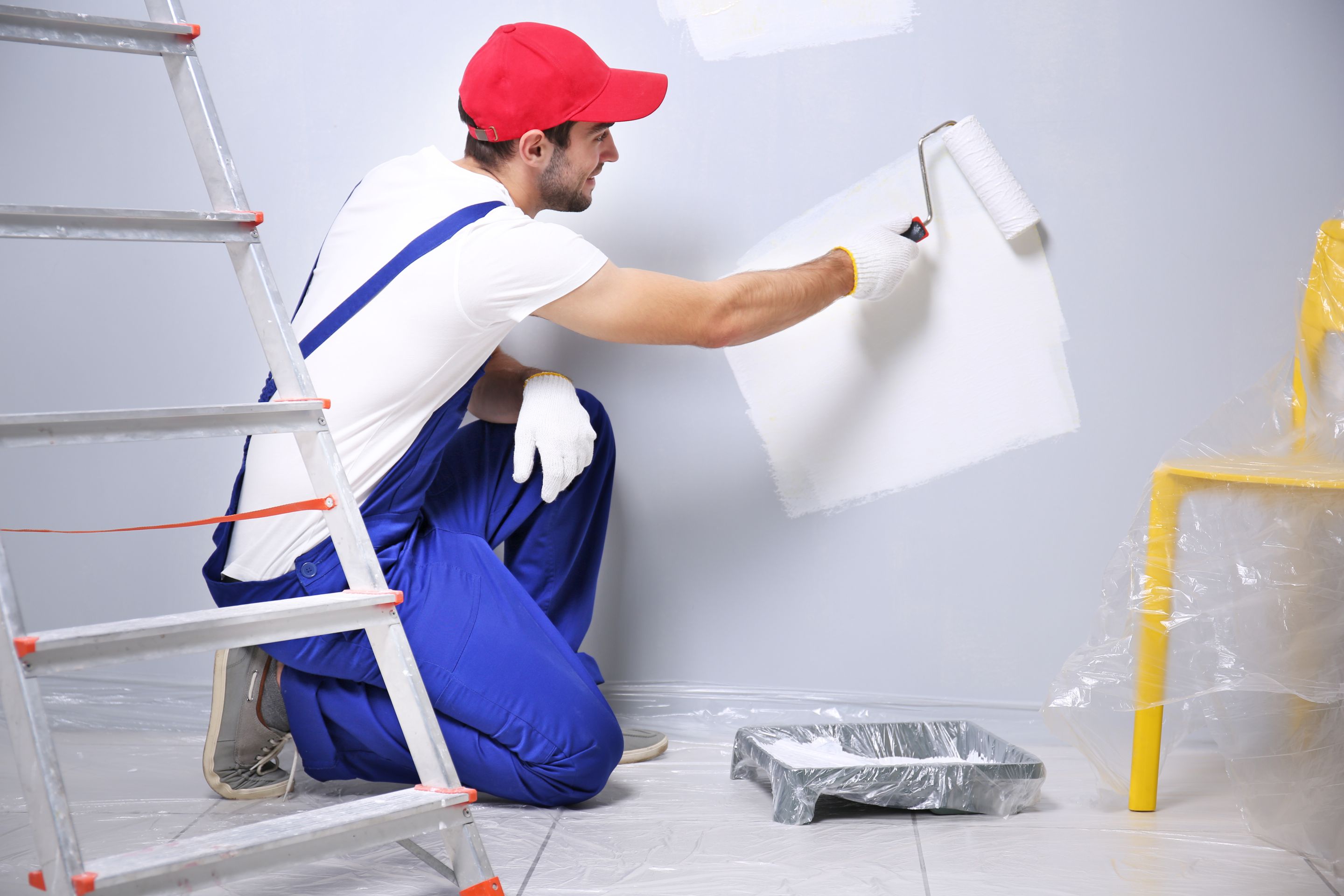How To Remove Old Paint From Wood Metal or Stucco
Want to know how to remove old paint from wood, metal or stucco? Despite the differences in the surfaces, possible wear and life of the materials that have been painted, all these surfaces can easily be cleaned with the right precautions, the right chemicals and sufficient time to finish the job. Removing old paint and varnish from any surface requires more than a kitchen knife (although some oldsters who take a good long time swear by it) or a flat peeling instrument-usually, old paint removal needs chemicals to work. Old paint removal needs chemicals not only to make the job easier and reduce the elbow grease, but because there's a miracle product out there that experts agree works better than anything to remove old paint from any surface.
The paint remover methylene chloride is the miracle; it's extreme, it's noxious and it's nasty, but it gets the job done like no other, and as a paint remover, methylene chloride is the fastest chemical known to catalyze old paint and surfaces beneath the paint to facilitate a quick and easy job of removing old paint and varnish.
You'll probably agree this method I show to remove old paint from wood, metal or stucco, simply because the fumes from the stuff are so overpowering that it must be doing something fairly excoriating, and fast too. That's why a paint-removing do it yourselfer should always wear protective eyewear, a long-sleeved shirt and especially rubber gloves-and put them on before anyone even touches the can, too.
It's always best to work outdoors with something this vitriolic, but if it's not possible, one should always work in a well-ventilated area with fans on (and set in the windows if possible) while the windows stay open as wide as possible. If the paint stripper feels lightheaded at any point, he or she should discontinue the process and get a charcoal-filter respirator (not to be confused with a particle mask, which does nothing but filter dust) before proceeding.
The methyl chloride should be used according to manufacturer's instructions, which means that it can be poured directly onto the painted surface-it's thick and viscous, because of wax additives, and it's slow to evaporate (keep this in mind while timing the operation; those fumes will be there for a while, so don't let family or pets near the place). Smooth it over the surface to be stripped and then LEAVE IT ALONE-poking it will only break down the wax, and the stuff will evaporate before it works.
The paint and waxy methyl chloride will have become a sort of sludge in an hour or so, and the paint can be removed with a rag dipped lightly into mineral spirits. One should store the sludge in an empty paint can until it can be safely disposed of (dispose of the rags and cleaning cloth materials the same way). Contact your local waste-management agency to learn how to dispose of the sludge.
For brick, metal, stucco or rough surfaces, it's easier to dip steel wool into a pan of the paint remover, then rub the liquid into the surfaces and let it work. It shouldn't be too long, since the roughened surfaces actually speed the process, and one can wipe it all away with a dry rag; it should dry very quickly, no matter what surface is cleaned. If one has antique furniture, furniture refinisher can be used instead of methyl chloride, using the same wool-cloth procedure.
When the cleaned surface is dry, one can sand it lightly (if wood) and cover it with tung oil to keep the grain healthy; stone, metal, brick and stucco will be fine as is. And that's how to remove old paint from wood, metal or stucco.
Category: Painting Contractors
Related Articles
- Do It Yourself Lead Paint Removal
- How Much Does a Painter Charge Per Room and Per Hour
- How to Hire a Painting Contractor Questions to Ask
- House Painters Talk About Great Coverage
- How to Choose A Good Painter
- What Do House Painters Do How to Find the Cheapest Painter
Business News
Popular Posts
- Universal Pursuit of Happiness - Wisdom from World Religions
- Overcoming Ego and Self-Centeredness - Lessons from World Religions
- Transcending Materialism - Spiritual Practices from World Religions
- Overcoming Prejudice and Intolerance - Guidance from Global Faiths
- How Mind Balance Can Improve the Mindsets of Employees
- Interfaith Insights by 1WorldPeace - The Top 100 Universal Beliefs in Global Spirituality
- Bridging Beliefs - Finding Common Ground in Love and Respect
- The SmartGuy Vision - A United Future Through Interfaith Love and Respect
- A Cautionary Vision - The Grim Future of a Divided World Without Love and Balance
- A Tapestry of Faiths - Exploring the Common Threads in World Religions
- Fostering Harmony Among Christianity Islam Buddhism Hinduism and Judaism
- Preparing Kids for Adulthood - 15 Vital Skills They Wont Learn in School
- Navigating Diversity - Jerusalem's Tactical Approach to Interfaith Harmony
- Clearing Mental Plaque: The Path to Enhanced Communication and Divine Connection
- Why Return to Jesus Christ and the Church
- Top 50 Ways to Live Longer
- Adventurous Romance -The Key to Enhancing Relationship Chemistry
- Pork Tenderloin with Mustard Cream Sauce
- Navigating Technology and Media for Optimal Mental Well-Being
- Understanding the Link Between Mental Health and Substance Abuse
